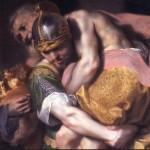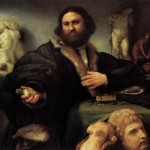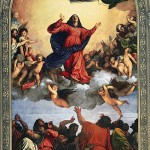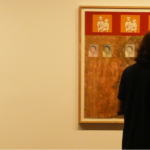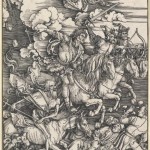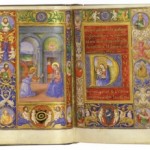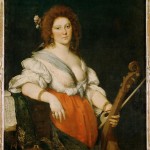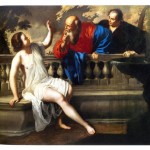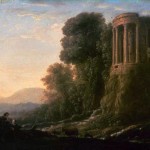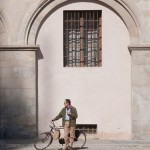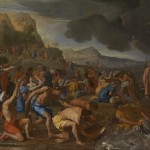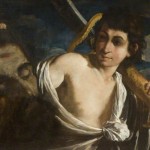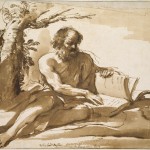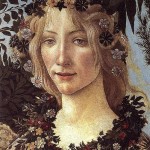
Figuring and Refiguring Flora, Goddess of Flowers, in Early Modern Culture Professor Ann Shteir, York University In Roman mythology and popular culture, the goddess Flora rules over the flowering of plants, and as such is to be appeased, lest buds not set and grain not grow. A figure of reproductive power, nurturant and material, and also an eroticized and pleasure-seeking figure, she has carried conflictual beliefs about the female sexed and gendered body across centuries. With reference to Ovid’s account of Flora in his calendar poem Fasti, this talk will consider early modern figurings and refigurings of Flora in Botticelli’s Primavera, a 17th-century horticultural manual, and a few 18th-century British botanical publications. Date: Thursday 1 November, at 6:15pm Venue: Old Arts, North Lecture Theater, Melbourne University, Parkville Bookings not required. All welcome. Enquiries to the Early Modern Circle http://www.amems.unimelb.edu.au/seminars/earlymoderncircle.html
Read more →
